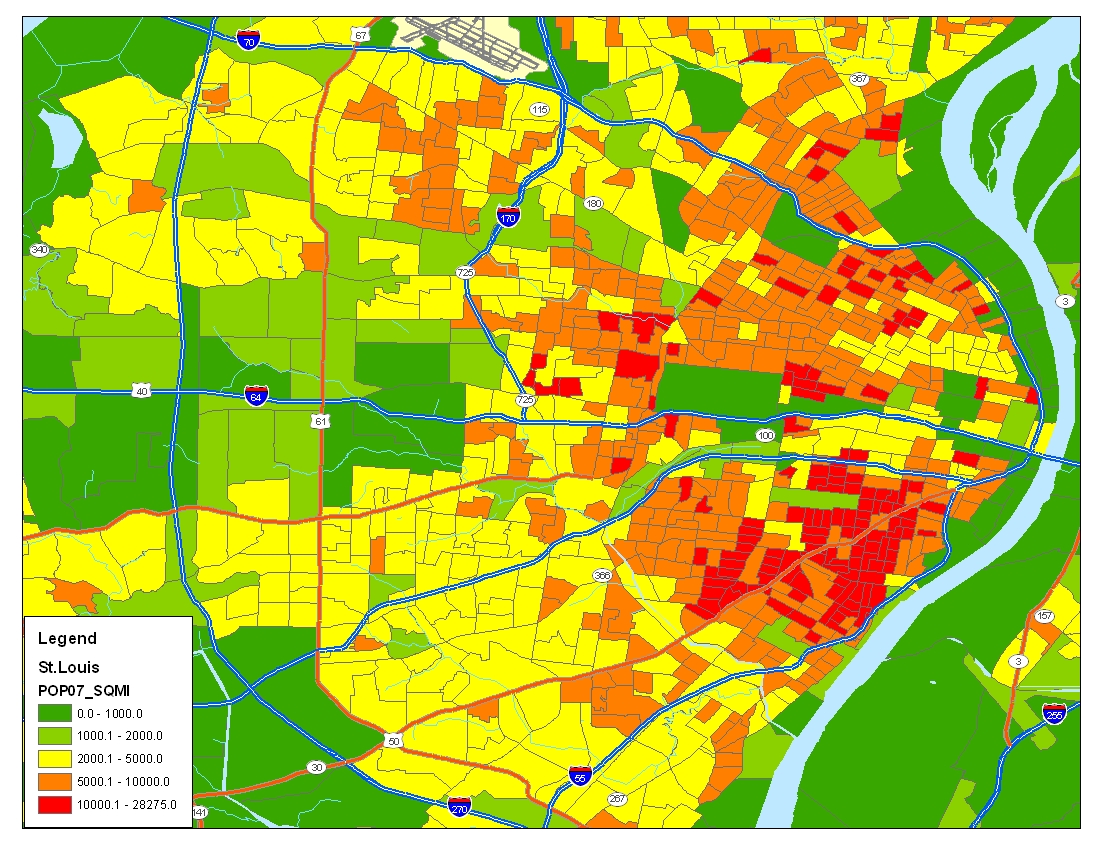Anyway, back to the 5 "points." Potluck PAC #1's ballot was weighted. There were four policy proposals on which to vote, while the ballot allowed for the voter to rank three policy proposals. 1st preference = 5 "points" for the proposal. 2nd preference = 3 "points" for the proposal. 3rd preference = 1 "point" for the proposal. When Potluck PAC announced the winning proposal the day following the vote, Potluck PAC said only that the vote was "very close." After polite requests from both me and another presenter, Potluck PAC provided the "point" totals for each proposal:
1. Citizen Police Review Board — 30.8% (178 out of 577 total points)Following Potluck PAC's publishing of these point totals, I asked both publicly and privately of Potluck PAC to provide the data as to the number of first place, second place and third place votes for each proposal. Despite private assurances from Potluck PAC that such data would be made available in due time, nearly a year has gone by without Potluck PAC making such data available. Making available such data, the number of place votes for each proposal, would present a more clear picture of preferences and priorities of the Potluck PAC #1 "electorate." Moreover, I can think of no more practical audit of the vote than to compile and provide such data.
2. Land Asset Cooperative — 31.7% (183 out of 577 total points)
3. Reauthorization of Street Closures — 25.8% (149 out of 577 total points)
4. Prohibition of Tenant Application Fees — 11.6% (67 out of 577 total points)
At any rate, the Potluck PAC #1 vote appears to have been a close one. Independent civilian review board legislation was reported by Potluck PAC as being but 5 "points" from sponsorship and introduction in the Board of Aldermen by Alderman Ogilvie, Alderwoman Ingrassia and Alderman Cohn. Given the recent police shooting deaths of Michael Brown and Kajieme Powell, I believe it safe to assume that, were the Potluck PAC #1 vote held this year in September, independent civilian review legislation would have more than closed such a thin 5 "point" gap.
As introduction of independent civilian review board legislation in the Board of Aldermen draws near, one question is whether Alderman Ogilvie, Alderwoman Ingrassia and Alderman Cohn each will sign on to such legislation as sponsor or co-sponsor. Last year, each was 5 "points" from doing just that. Last year, Michael Brown and Kajieme Powell had yet to be shot dead in the street by police officers.






